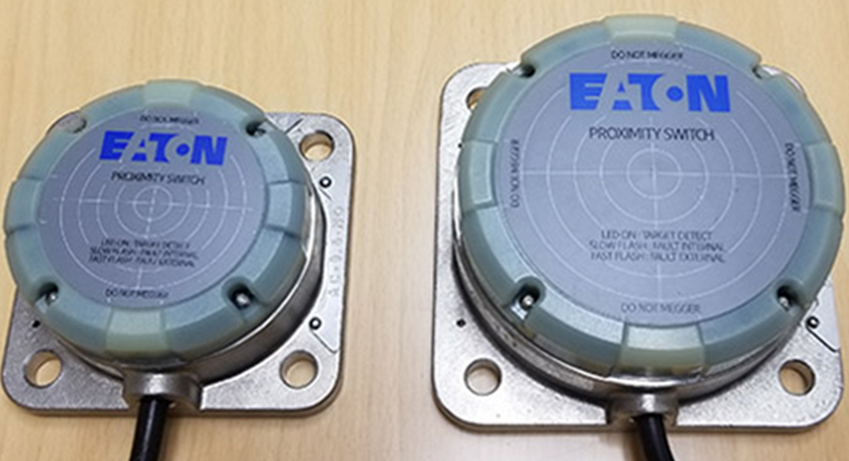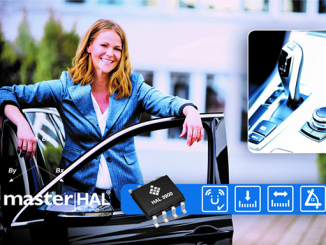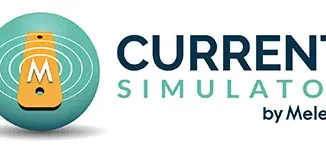
Power management company Eaton has contracted with the US Department of Defense to manufacture inductive proximity sensors for the Navy to apply in aircraft shipboard applications and for evaluation in additional platforms. The sensors incorporate patented technology developed by BH Sensors of Pomona, New York, through the DoD Small Business Innovation Research program.
“Inductive proximity sensors and switches represent critical assets aboard virtually every Navy platform,” said Kerry Tingley, vice president and general manager of Eaton’s Industrial Control Division. “Eaton has a long history of helping the federal government ensure mission operability. Our new sensor positions us to help the Department of Defense modernize ships and other critical military assets to achieve greater operating reliability.”
The sensors are engineered for seamless retrofit and simplified replacement and include features to simplify installation, commissioning, operation, preventive maintenance and troubleshooting. They serve as enhanced-function replacement for obsolete and end-of-life DoD switches, representing a family of 18 different proximity switches and sensors with their manufacturing and sales licensed to Eaton, capable of producing them in large quantity.
In general, inductive proximity sensors detect magnetic loss due to eddy currents that are generated on a conductive surface by an external magnetic field. An AC magnetic field is generated on the detection coil, and changes in the impedance due to eddy currents generated on a metallic object are detected. According to a report in the US Navy SBIR/STTR Transitions Newsletter Spring 2021, these sensors initially will go on aircraft carrier weapons elevators, although they have many other possible applications throughout the Navy.
“You can imagine that if you have a weapons elevator that’s carrying 10,000-pound bombs that are ready to go up to the flight deck for aircraft deployment, you want the floor of the elevator to exactly match the floor these bombs are being delivered to. You don’t want the floor of the elevator stopping at a point where you’ve got a 6-inch drop to the flight deck. This is particularly true with bombs, but even with a human being, you don’t want to step up or down when you get off an elevator. A proximity sensor is what allows you to stop the elevator exactly to match the floor,” explained Dr. Aron Kain, senior vice president of engineering at BH Technology, whose firm developed the sensors.
“Equally as important, you need the proximity sensor to work even if there is a fire, or if bombs have exploded, under war conditions, under terrible EMI conditions, during jamming of radar. It absolutely has to work in the worst environment imaginable at the worst possible time.”
“You really want to know that the hatch of a submarine is closed before going under the water. Someone might even want to put a proximity sensor on the front of a washing machine that does heavy loads of laundry on a ship because you want to be sure that door is closed and not flooding the compartment of the ship with soap suds. The potential applicability of this is staggering,” said Kain.
Much of the company’s technology leverages electromatic leakage. Using the perturbation principle, we control how EM fields stray into the environment to turn a non-sensor transmission structure into a displacement sensor. This is the basis for the patented non-contact EM-sensing technology we use in our superior Tier 1 applications, says BH. For more info, see www.eaton.com and www.bhsensors.com.



